The United States has had 45 different presidents, including Joe Biden, who is the 46th president. How can he be 46 if he was 45? Because Grover Cleveland was elected in two non-consecutive rounds and counts as both the 22nd and 24th president. That was a first! But that was far from the only presidential first worth noting. Let's take a look at some other firsts accomplished by various commanders in chief.
10. William McKinley was the first president to drive a car.

These days, you can see pictures online of presidents riding around in semi-trucks, falling off Segways, or flying in helicopters. But the Office of the President is old, dating back to a time when if a president needed to get to the White House in a hurry, he needed a fast horse. One president had to be the first to ever ride in a car, and that was William McKinley .
The 25th President McKinley was born in 1843 and was elected to office in 1897. At the time, automobiles were extremely new, and in fact the first patent for a gasoline-powered vehicle dates back to 1886. year .
The concept apparently caught on, and it was in 1899 that McKinley set out on a trip to steamer Stanley , driven by Freelan Stanley, one of the vehicle's creators. McKinley apparently did not enjoy the ride at all, saying it seemed just about will explode , and thought Stanley was a little deluded if he thought they would ever replace horses.
9. Jimmy Carter was the first president to be born in a hospital.

In 2017 less than 2% of all births in the United States have occurred outside of hospitals. These days, it is common practice for most people to go to the hospital to have their baby. This was not the case in the past, of course, and not every U.S. president was born in a hospital. Even more surprising is that most U.S. presidents were not, and the first president born in a hospital is still alive.
Jimmy Carter, 39th President, is born in 1924 in Plains, Georgia. His mother was a nurse, and his family was fairly well-off, but despite the fact that he was born in a hospital, his family home had no electricity or water supply The hospital where he was born still exists, but perhaps unsurprisingly it has undergone a name change and today bears his mother's name - the Nursing Centre Lillian G. Carter .
8. Teddy Roosevelt was the first president to fly in an airplane.
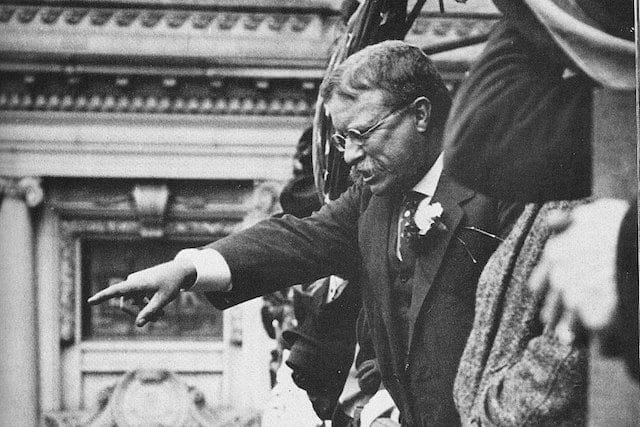
McKinley may have been the first president to master overland automobile travel, but the skies belonged to the 26th president, Theodore Roosevelt. Always known as an adventurer and outdoorsman, Roosevelt had the opportunity to take to the skies even in 1910 , when an airplane consisted mostly of just wings and an engine and had few other amenities such as walls or a windshield.
Roosevelt described his flight as " the most hooligan experience " he had ever flown, which presumably means he felt it was superb and exciting. The plane, a Wright model AB, was able to travel about three miles in three minutes, which may not seem like much by today's standards, but if you've never flown anywhere, going over 60 miles per hour is probably the most amazing thing you've ever experienced.
While Roosevelt seemed to enjoy the flight, pilot Arch Hoxsey noted that Roosevelt literally leaned over to wave to the crowd, which was probably more risky than it should have been.
7. Benjamin Harrison was the first to install electricity in the White House.

By 1925 there was electricity only half homes in the United States. Adoption and implementation were slow, and this was the case at every level. In Washington, the 23rd President Benjamin Harrison was the first to take a leap into the future by connecting electricity to the White House in 1891. But he never used it.
Like many others, Harrison distrusted the power that flowed through the wires in his walls. It is said that because of his fear of electric shock , although the White House was wired and ready to go, he never touched a light switch during his stay there. Usher's chief at the White House once said he should have turn on the light for the president at night, and when he returns to work the next morning, he will have to turn everything off again.
6. Martin Van Buren was the first president born American.

It is somewhat ironic that Martin Van Buren was the first president to be born an American citizen, and also the only president to didn't speak English as his native language, which is a couple of curious firsts for the 8th President of the United States. Van Buren spoke Dutch as a child, as his family had Dutch roots and only learned English later.
Van Buren was born in Kinderhook, New York, in 1782. Before him, all previous presidents were not American citizens at birth. This doesn't mean they were born in England or anything, they just weren't technically considered American citizens at the time of their birth. George Washington, for example, was born in Pope's Creek in what was then the British colony of Virginia. All previous presidents had to become American citizens later in life.
5. Andrew Jackson was the first president to kill a man in anger.
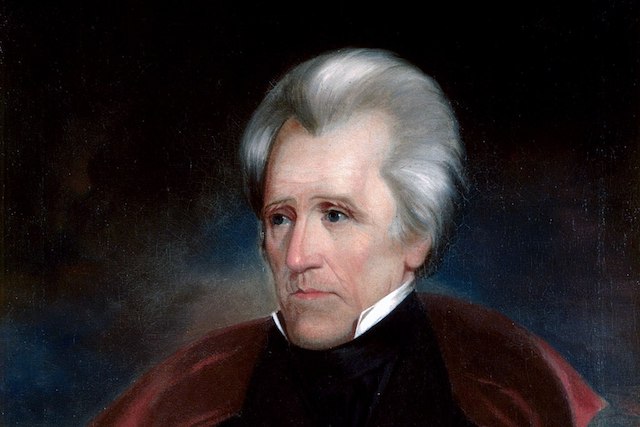
Most presidents had some military experience in their past. Of the 45 who served, 29 have a military background . Because of this, a number of US presidents have killed people in combat before. It is not hard to imagine that General George Washington took the life of more than one enemy on the battlefield. And Grover Cleveland, although not a military man, worked in law enforcement and in this capacity personally hanged people .
Of all the presidents who have personally committed suicide, and there have been several, Andrew Jackson stands out as the first and only one to do so outside of any official capacity. He did not kill enemy combatants; he did not execute criminals. The man had just killed someone in a duel.
Jackson, the seventh president, had a reputation for being a fiery man. He was known for his cruelty and belligerence and had already accumulated history of duels , when he fought Charles Dickinson in 1806.
The two men already had a history of animosity, but things got worse when Dickinson accused Jackson of cheating him in a bet and then called him a coward. To top it all off, he accused Jackson's wife of bigamy , which wasn't actually wrong, since she didn't know her first husband hadn't finalized their divorce. Oops.
Dickinson hated Jackson so much that he even published his insults in a newspaper, and this was more than the future president could bear. They met, and Dickinson shot Jackson square in the chest. Jackson, for his part, covered the wound and fired his own pistol, but it failed. Then, in violation of dueling rules, he cocked the hammer again and fired again, killing the man. His own wound was clearly not enough to kill him.
4. John Quincy Adams was the first president to be photographed.

Photography is rising by 1826 in France. The first photograph depicting a person was taken by Louis Daguerre in 1838 And the first American president to be photographed was John Quincy Adams. back in 1843 .
Rumor has it that Adams thought the photographs were disgusting, but one of them managed to survive the experience and ended up in an antique shop in the 1970s. Someone bought it for 50 cents . It was on display at the National Portrait Gallery as the first photograph of a president. Until someone found an earlier one.
It turns out Adams was a bit of a photography fanatic, and while the one in the gallery was taken in August 1843, he took another picture earlier in the year. That one was sold. at auction for more than $360,000.
3. John F. Kennedy was the first president to pardon a turkey.

Every November, as Thanksgiving approaches, you can count on seeing a somewhat formal ceremony on television in which the President of the United States grants clemency to convicted criminals by pardoning the official Thanksgiving turkey.
For a time, there were several stories about where and when this tradition began. Abraham Lincoln was once said to have been convinced by his son Ted to spare a turkey he had come to love, but even if this story is true, it was more of an isolated incident than a tradition of pardoning a turkey. It was also claimed that President Truman came up with a turkey-pardoning ritual, and his own Presidential Library was forced to issue a statement saying there was no documentation to support the idea.
It appears that the first president to officially pardon a turkey and start an annual tradition was John F. Kennedy. It has become a tradition to give the sitting president a turkey each Thanksgiving season, and in 1963 The Washington Post used the term "pardon" when it detailed Kennedy saying "let's leave him alone" in reference to a turkey that Kennedy apparently felt sorry for.
2. Dwight D. Eisenhower was the first president to serve in all 50 states.

When someone is the President of the United States, that means he is the leader of all 50 of those United States, and any schoolchild in America should be able to tell you that there are 50 of them. However, it was not until 1959, when the 34th President Dwight D. Eisenhower was in office, that anyone was actually the President of all 50 states.
Arizona became the 48th state in 1912 , and the states remained there for 47 years. Hawaii and Alaska were not states, they were territories and did not count. But in January 1959, Alaska officially became America's 49th state, and then Hawaii joined in August of that year.
The United States has remained a 50-state country ever since, for nearly half a century at that point, but Eisenhower had the honor of being the first president , who claimed to be the president of all 50 states.
1. Franklin Delano Roosevelt was the first and only president to be elected more than twice.

A president can only serve two terms, which is clearly stated in the 22nd Amendment. It begins with the line, "No person shall be elected to the office of President more than two times." So that's pretty clear. That's why Franklin Delano Roosevelt is considered not only the first, but also the only president who can claim to win more than twice.
It was 1940 when Roosevelt was elected to histhird term Before Roosevelt, there was no formal rule about how long one could stay in office. In fact, there seemed to be an informal understanding that two was enough, thanks to George Washington, who volunteered the idea of a third term. But as many people have learned throughout history, just because one person decides to act a certain way, unless it's a specific rule, someone else will act the way they want.
When Roosevelt Roosevelt elected for a fourth term In 1945, it became clear to some that something had to be done. The 22nd Amendment was ratified in 1951, ensuring that no future president would come dangerously close to emulating what America once considered tyranny by allowing one man to rule permanently.







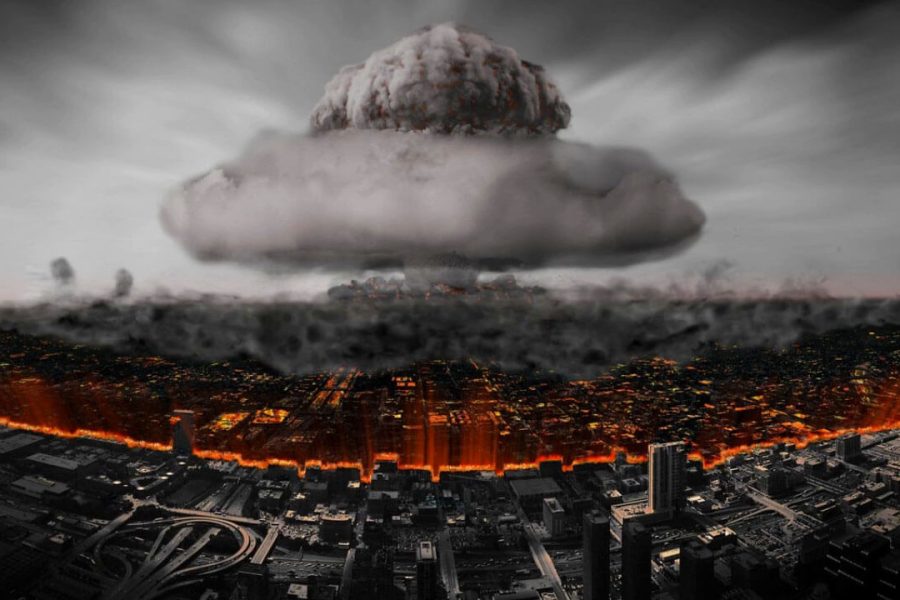



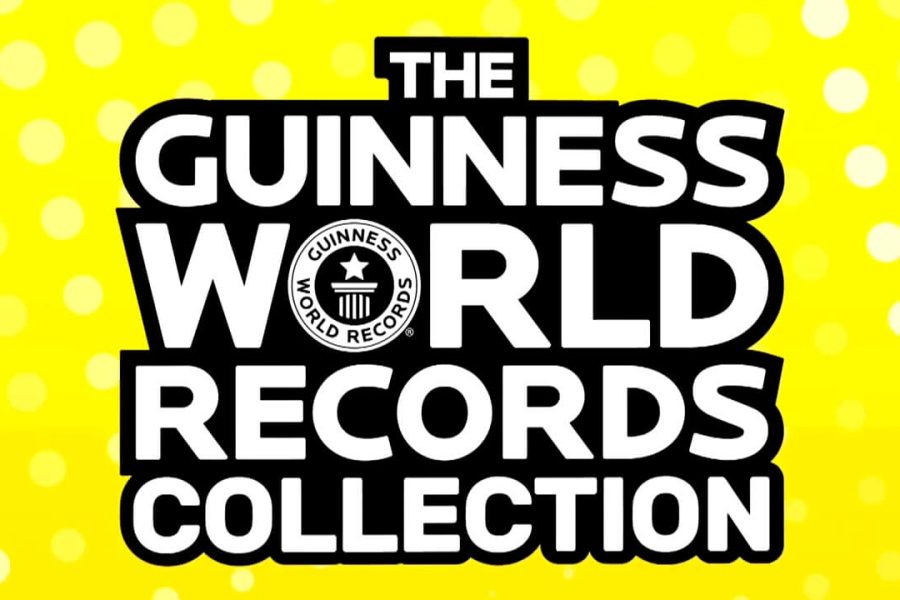

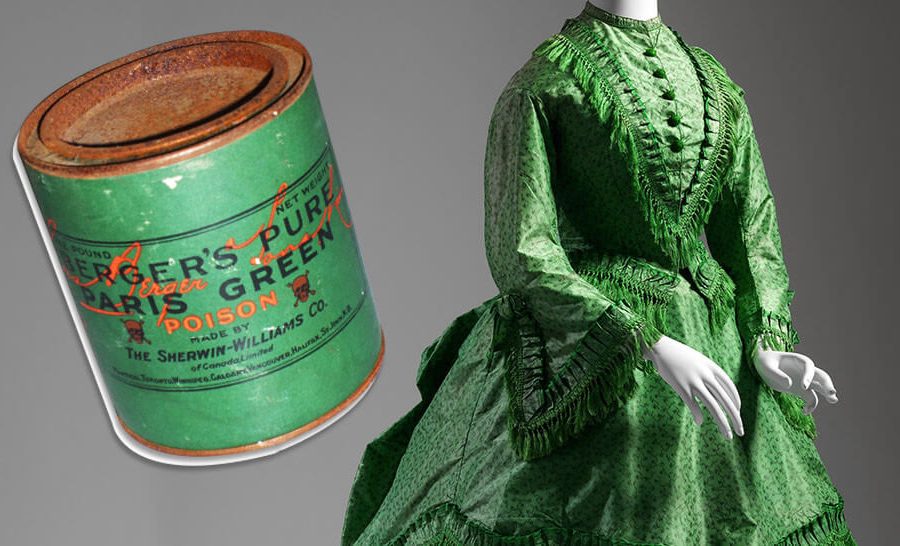
Оставить Комментарий